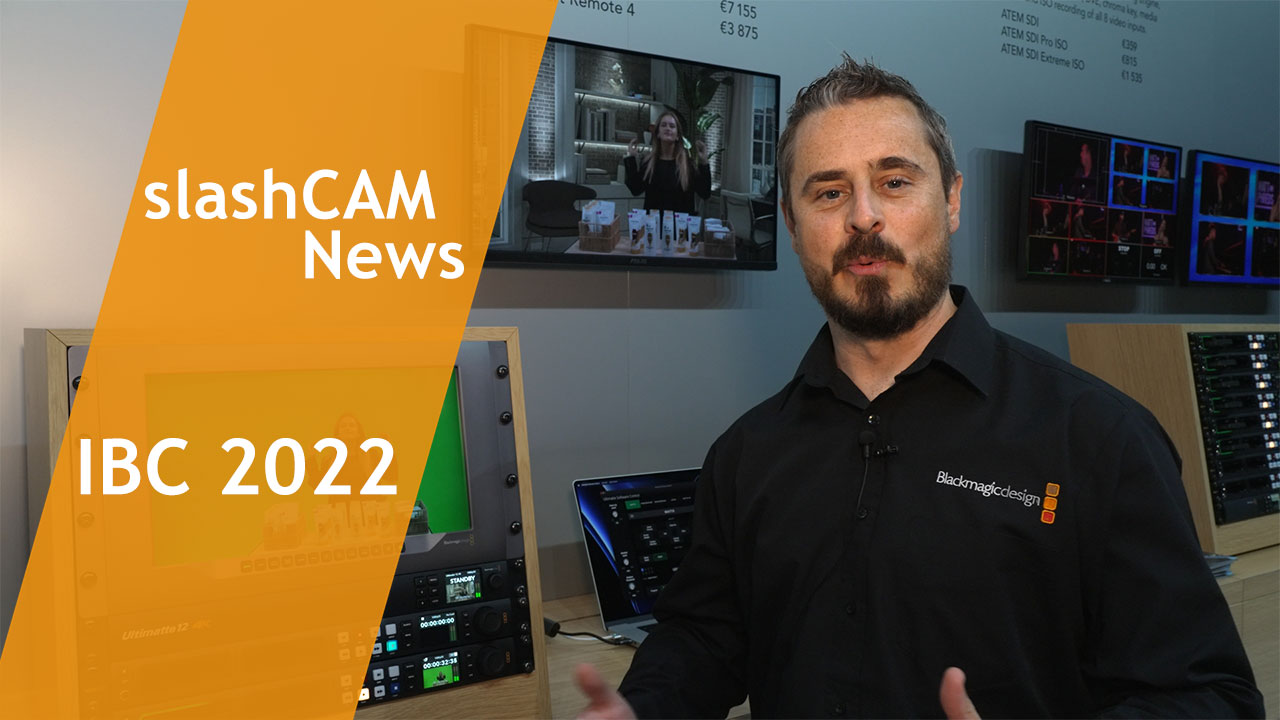[12:17 Tue,19.July 2022 by Thomas Richter] |
We already reported on 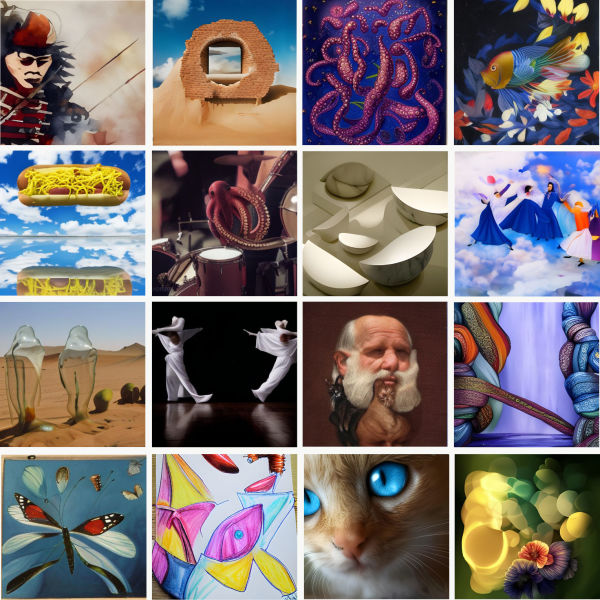 Whereas until now the instructions to the image-generating AI had to express wishes regarding the image composition rather awkwardly and imprecisely (such as "A horse on the left in front of a castle with high towers, dark mountains in the background"), in order to place objects in certain places in the image or to specify the shape of objects in more detail, with Meta&s "Make-A-Scene" this is now possible simply by means of a large sketch that supplements the text input. However, this also changes the interaction between the creative and the AI: while with a simple text prompt, the user is free to try things out and then marvel at the result - the AI plays the role of a painter on demand - the new algorithm acts more as a kind of creative assistant, i.e. in the user&s head, there must already be a vision of the image, at least with regard to the image composition, and the AI then implements suitable variations. 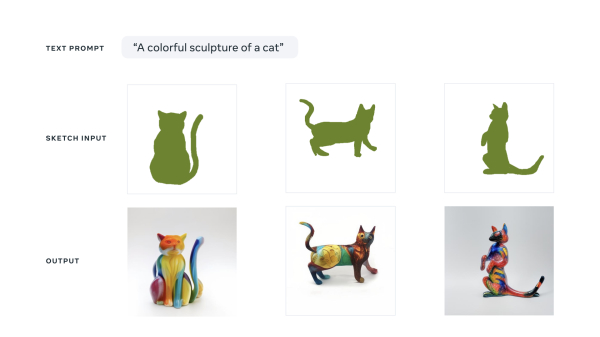 This further development shows what role image-generating AIs could play in the professional environment in the future: an artist develops an idea further in interaction with such an AI or provides the broad framework of his idea, which the AI then "crafts". It then does the work that otherwise only artists with a great deal of manual skill would be able to realize with a great deal of effort, for example by taking special photos or collaging them from components or painting or drawing pictures in a very specific technique in a particular style. 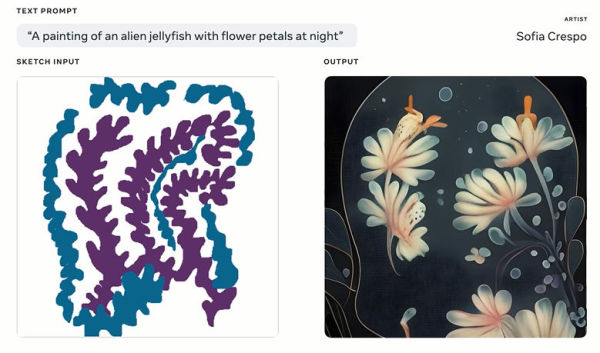 Thus art becomes more of a "trial and error" dialogue between artist and AI, where the artist on the one hand tries to get the AI to implement his idea and on the other hand is also surprised by the very different results generated in a matter of seconds. In the following clip some AI artists tell how differently they used "Make-a-scene" to generate art: Artists can now use sketches to create narrative visual continuity between multiple images or even correspondence between text and illustration much better than before. Thus, image AI can be used much more purposefully than before, demonstrated here by two quickly realized illustrations of children&s stories: Of course, the whole thing also works for amateurs, who can become "artists (in a completely new sense) without having to master a special art technique. All that is needed is a vague image idea, which can then be realized by AI, in any artistic style. Or in the words of Meta: We believe that through scientific research and research projects like Make-A-Scene, we can push the boundaries of creative expression - regardless of artistic ability. We want to make it as easy as possible for people to bring their visions to life in the physical world and in the metaverse.... (This research) could one day enable entirely new forms of AI-powered expression, putting creatives and their visions at the center of the process - whether it&s an art director developing ideas for their next creative campaign, a social media influencer creating personalized content, an author developing unique illustrations for their books and stories, or simply someone sharing a fun, unique greeting for a friend&s birthday. And as we speculated in 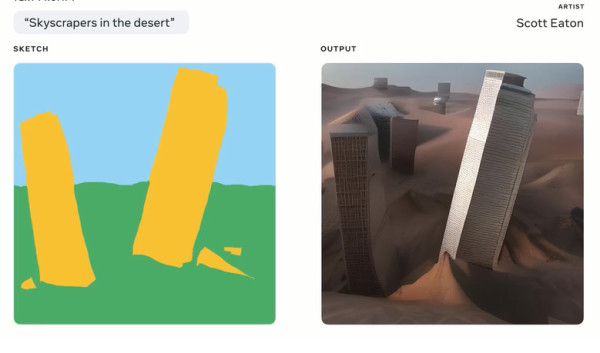 So far, only a select few AI artists as well as Meta staff have been granted limited access to the project to test Make-A-Scene and provide feedback. In the future, however, broader access to Meta&s research demos is envisioned. However, development continues steadily at a rapid pace. Since the release of the "Make-A-Scene" deutsche Version dieser Seite: Jeder kann Kunst: Metas neue KI erstellt Bilder auf Wunsch |





